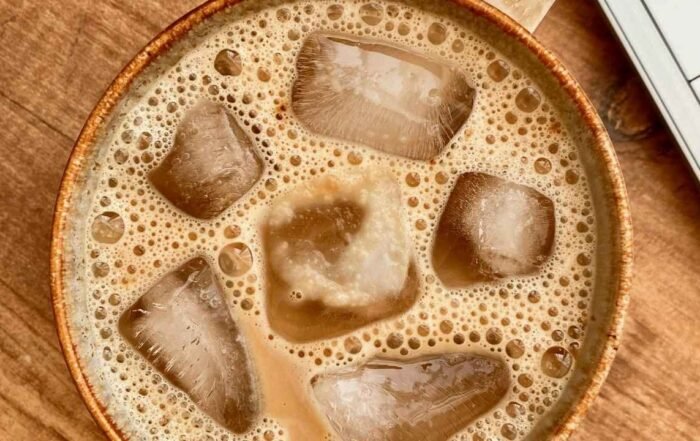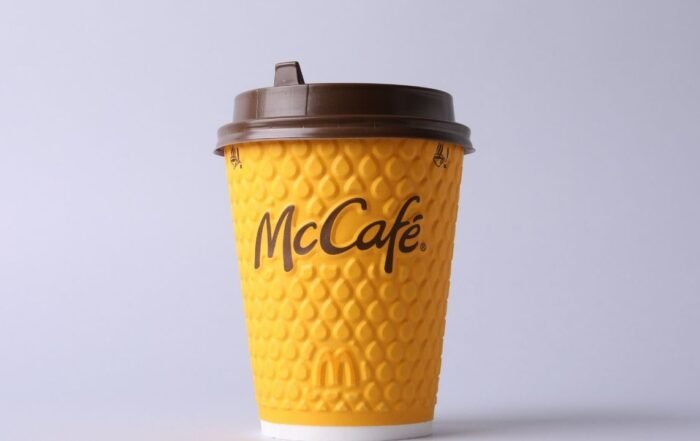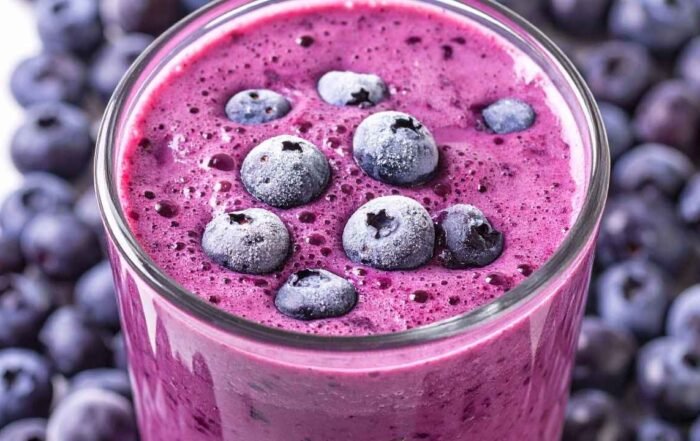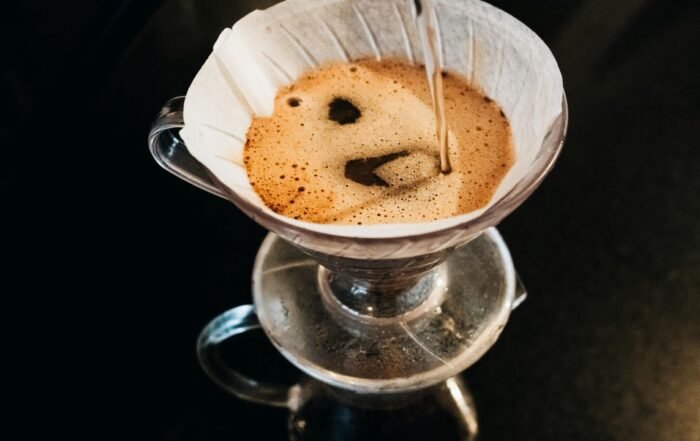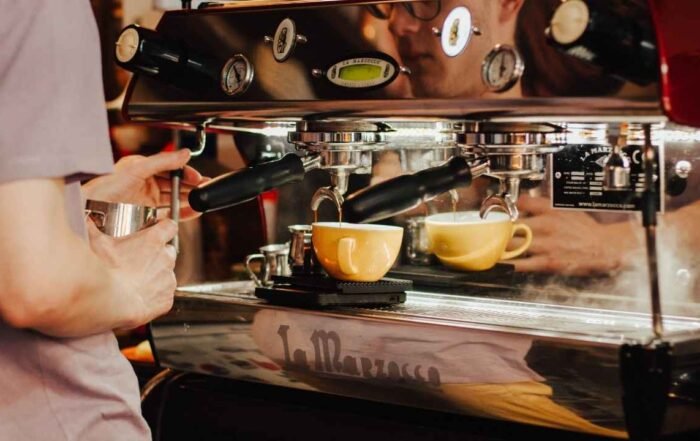In this Article
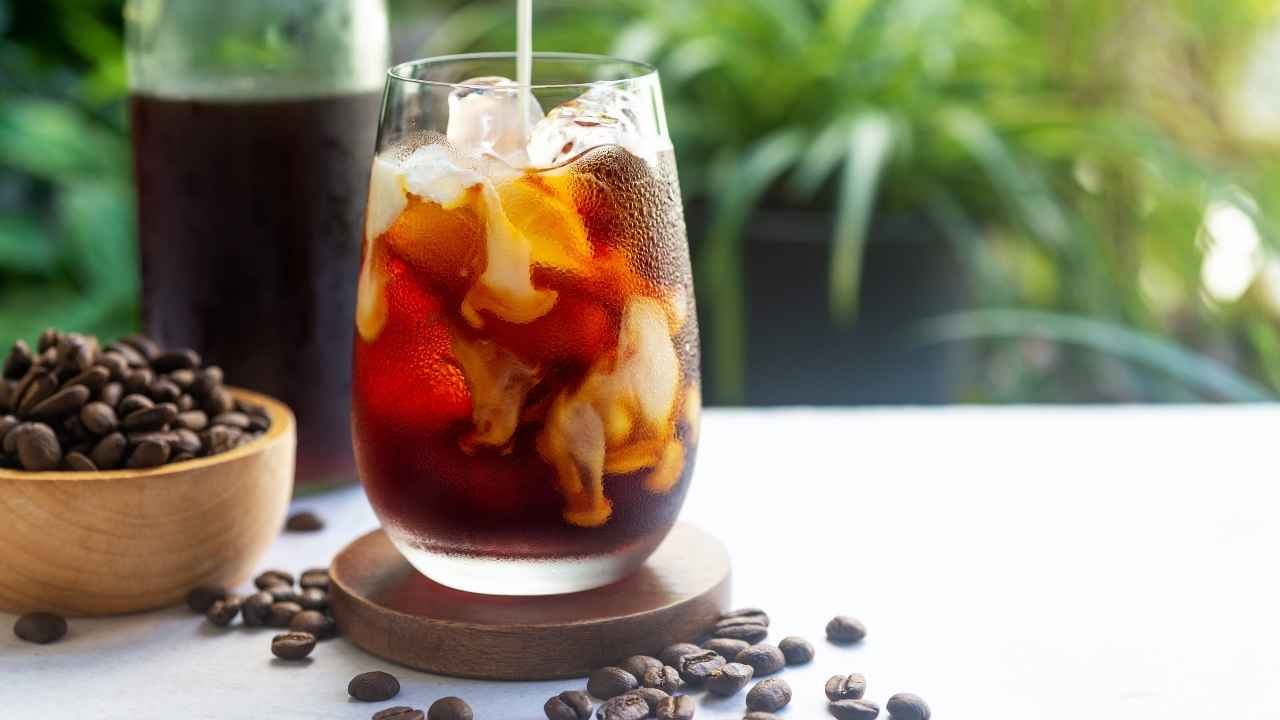
Cold brew has swept the coffee scene, therefore 2025 promises to be another major year for this smooth, crisp beverage. Whether you’re just getting started with cold brew or trying to perfect your method, selecting the correct beans and honing the fundamentals starts with knowing what defines a superb cold brew.
What Is Cold Brew Coffee, and What Isn’t It?
Cold brew coffee is simply coffee made over a lengthy period with cold or room-temperature water. Compared to conventional hot brewing techniques, this process produces a smooth, less acidic, naturally sweet concentrate. With most cold brew recipes calling for 12 to 24 hours of steeping, time more than temperature is the main distinction.
Understanding the Cold Brew Process
Steeping freshly ground coffee beans in cold water for 12 to 24 hours defines the cold brew technique. Water gradually draws oils, caffeine, and taste chemicals from the grounds during this process. The gentle extraction method produces a smoother flavor profile by extracting fewer harsh compounds and acids.
How Cold Brew Differs from Iced Coffee
Beginning as hot brewed coffee cooled and served over ice, iced coffee begins. During the brewing process, cold brew never comes near hot water. This difference is important because hot water pulls out several substances, including more bitter components and acids.

As ice melts, iced coffee usually tastes more tart and might get diluted. Cold brew is a more dependable beverage since it keeps its flavor intensity and silky nature even diluted.
A Brief History of Cold Brew
For ages, people have been brewing cold-extracted coffee. It is not a contemporary creation. For logistical reasons, the approach grew in popularity in several locations, often where warm brewing was difficult or where the weather favored cool beverages. Knowing this past helps to clarify why cold brew works so effectively and why it’s enjoying such a revival right now.
Cold Brew Origins Around the World
In the 1600s, Japan created Kyoto-style coffee using a cold drip technique that employed a slow-drip tower mechanism. People made cold coffee concentrates in Latin America, especially in Peru and Guatemala, to store coffee for lengthy trips. For sea expeditions, Dutch merchants also employed cold brewing techniques, producing what some term “Dutch coffee.” Every society modified the method to meet their requirements and available tools.
Rise in Popularity in the U.S. and Beyond
Though cold brew first gained prominence in American coffee culture early in the 2000s, it really took off around 2010. Coffee stores started providing it as an upscale substitute for iced coffee. Sharing recipes and methods, home brewers used social media to spread this trend. Cold brew had grown into a multi-billion dollar industry by 2020, with ready-to-drink alternatives filling grocery store shelves around.
How to Make Cold Brew Coffee at Home
Making cold brew at home is unexpectedly simple and far less expensive than buying it from coffee shops. The method mainly depends on patience and little gear. After the ratios are correct, you can produce big batches that will keep for many days in your refrigerator.

Ingredients
- Coarsely ground coffee beans 1 cup
- Cold filtered water 4 cups
Equipments
- Large jar or pitcher
- Fine-mesh strainer
- Cheesecloth or coffee filter
- Stirring spoon
- Storage container
Instructions
- Combine Coffee and Water: Add the coarsely ground coffee beans to your large jar or pitcher. Pour in the cold filtered water.
- Mix the Grounds: Stir the mixture gently with a spoon to ensure all coffee grounds are fully saturated with water.
- Steep the Coffee: Cover the container and let it steep for 12-24 hours. You can leave it at room temperature or place it in the refrigerator. For a stronger concentrate, steep for the full 24 hours.
- Strain the Concentrate: Line your fine-mesh strainer with cheesecloth or a coffee filter. Slowly pour the steeped mixture through the strainer, gently pressing the grounds to extract the liquid without forcing them through the filter.
- Store and Serve: Transfer the strained concentrate to a clean storage container and refrigerate. To serve, mix equal parts concentrate with water, milk, or pour over ice. The concentrate will stay fresh in the refrigerator for up to 2 weeks.
Tips For Better Results
- The 1:4 coffee-to-water ratio creates a concentrate that can be diluted to taste
- Coarse grounds work best to prevent over-extraction and bitterness
- French presses or specialized cold brew makers can be used but aren’t required
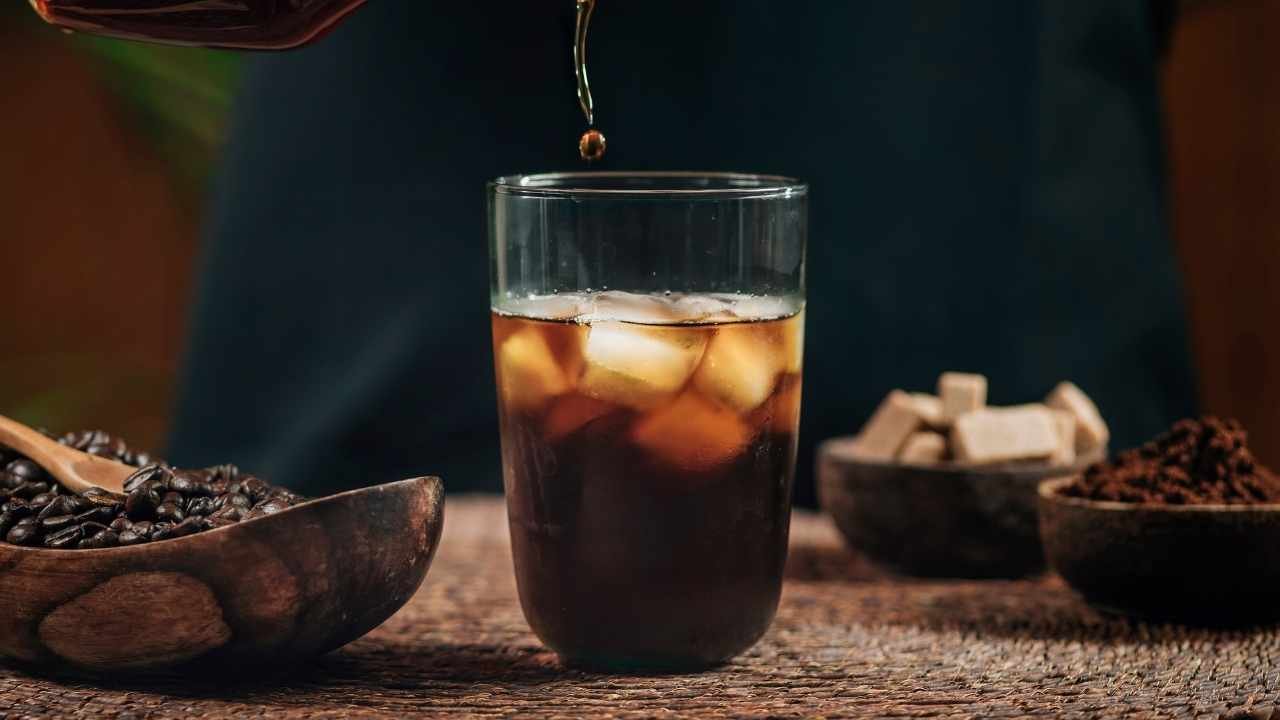
What Is The Best Coffee For Cold Brew?
Choosing the right coffee beans greatly affects the ultimate taste of your cold brew. The finest coffee for cold brew depends on your own preferences, but certain characteristics are preferable with this brewing technique. The slow extraction procedure emphasizes several facets of coffee relative to hot brewing. Thus, beans that might seem average when brewed hot can sparkle in cold brew.
Roast Level and Bean Type
Usually, medium to dark roasts are best for cold brew, light roasts fall off rapidly. The longer roasting process creates oils and lowers acidity, therefore enhancing the natural smooth profile of cold brew. Particularly those from Brazil, Colombia, and Guatemala, single-origin beans from Central and South America typically make great cold brew.
Coffee beans with chocolate and nutty overtones often grow in these areas, they stand out especially in cold cooking.
Flavor Profiles That Shine in Cold Brew
Look for beans with low acidity or chocolate, caramel, or nutty flavor profiles. Cold extraction sharpens these tastes. Steer clear of beans labeled fruity, floral, or bright, these features tend to be subdued in cold brew. Reliable chocolate and caramel undertones come from Colombian beans. Brazilian beans provide nuttiness and body.
Ethiopian beans can function if they are roasted darker, but lighter roasts might taste dull in cold brew.
How Much Caffeine Is In Cold Brewed Coffee
Caffeine Content Comparison
| Coffee Type | Caffeine per 8 oz | Notes |
| Cold Brew Concentrate | 200-300mg | Undiluted concentrate |
| Diluted Cold Brew | 95-150mg | After mixing with water/milk |
| Regular Hot Coffee | 95mg | Standard drip coffee |
Factors Affecting Caffeine Levels
| Factor | Cold Brew Impact | Hot Brew Impact |
| Bean Type | Robusta: ~2x caffeine vs Arabica | Same ratio applies |
| Steeping/Brew Time | 24 hours: Higher caffeine<br>12 hours: Moderate caffeine | 4-6 minutes: Standard extraction |
| Coffee-to-Water Ratio | More coffee = Higher caffeine<br>(1:4 ratio typical) | More coffee = Higher caffeine<br>(1:15-1:17 ratio typical) |
| Grind Size | Coarse grind: Good extraction over time<br>Fine grind: Higher extraction | Medium grind: Optimal<br>Too fine: Over-extraction |
| Extraction Method | Long, cold extraction<br>More caffeine dissolves | Hot, fast extraction<br>Less total caffeine |
Key Differences
| Aspect | Cold Brew | Hot Coffee |
| Caffeine Concentration | Higher in concentrate form | Lower overall |
| Typical Serving | Usually diluted before drinking | Consumed as brewed |
| Extraction Time | 12-24 hours | 4-6 minutes |
| Temperature | Room temp or cold water | Hot water (195-205°F) |
| Final Caffeine Range | 95-300mg depending on dilution | 80-120mg |

How Long Can Cold Brew Coffee Last?
It is important to know “how long can cold brew coffee last”. Your cold brew will remain crisp and delectable for a longer length if you keep it correctly. The storage method of cold brew coffee and whether it is diluted or concentrated determine its duration.
Knowing these elements lets you make the most of your home-made batches. And you will find the answer to the question: how long is cold brew coffee good for.
Shelf Life in the Fridge
Stored in a sealed container, undiluted cold brew concentrate lasts 1–2 weeks in the refrigerator. Its strong concentration aids in its long-lasting preservation as opposed to standard strength coffee. For best quality once diluted, cold brew should be ingested within 3–5 days. Keep it in the refrigerator at all times, leaving cold brew at room temperature lets flavors degrade fast and bacteria develop.
How to Drink Cold Brew Coffee
Cold brew’s adaptability suits several serving forms and tastes combinations. Although everyone has their own taste, there are some traditional recipes that really bring out the best of cold brew coffee. New trends and inventive approaches to savor this smooth drink will arrive in 2025.
Classic Cold Brew Over Ice
Pour cold brew concentrate over ice, cut with equal parts water. This makes a cool, revitalizing beverage ideal for warm days. If you like sweetness, add simple syrup.
Cold Brew with Milk or Cream Alternatives
For a creamy delight, combine cold brew with ordinary milk, oat milk, almond milk, or cream. Vanilla-flavored milk substitutes go remarkably well with the concentrate, resulting in a naturally sweet beverage free of extra sugar.
Creative Cold Brew Recipes to Try in 2025
Combine it with frozen fruit for coffee smoothies or try cold brew floats with vanilla ice cream. Combine cold brew with tonic water for a crisp spritzer or make coffee cocktails using your preferred spirits.
All these variants are presented to briefly explain: how to drink cold brew coffee.
Frequently Asked Questions
Can I make cold brew with regular ground coffee?
While coarse ground coffee works best, you can use regular ground coffee. Just strain it more carefully to remove fine particles that might make your cold brew gritty.
Does cold brew need to be refrigerated?
Yes, always refrigerate cold brew after the initial steeping period. Leaving it at room temperature allows bacteria growth and spoilage.
Why does my cold brew taste weak?
Weak cold brew usually results from too little coffee, too short steeping time, or beans that are ground too coarsely. Try increasing your coffee-to-water ratio or steeping longer.




